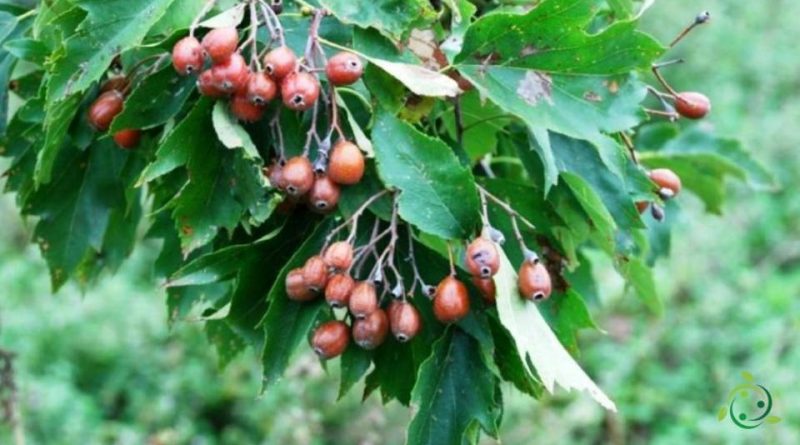How wild service tree is grown
How wild service tree is grown
Wild service tree (Sorbus torminalis (L.) Crantz) is a tree of the Rosaceae family native to the temperate zones of Europe, western Asia and North Africa, where it grows from sea level to the mountain belt (800 m), and forms mixed forests of heliophilous deciduous trees.
This plant in Italy is common throughout the Apennines and at the foot of the Alps.
Its reproductive structures are hermaphrodite white flowers gathered in a broad and erect branchy corymb; hairy chalice with transient triangular laciniae. The fruit is an ovoid pommel of 1-1.5 cm, of a rusty brown color when ripe, with a very astringent flavor.
Cultivation –
Sorbus torminalis is a plant often cultivated as an ornamental for its beautiful flowering and decorative berries and used in parks and gardens as a single plant or in groups.
This plant can be grown throughout Italy, both in the North, in cool climates, and in the South and in drought areas.
Wild service tree has in fact an excellent rusticity so it can withstand up to -15 / -20 ° C; it also tolerates heat well and easily tolerates temperatures of 35-40 ° C.
As far as cultivation is concerned, it is advisable to start from seedlings coming from a nursery with earthen bread, as having a tap root it suffers a lot from transplantation.
In general, it is possible to transplant 2-3 year old young plants with still superficial roots. The plant should be performed in light and slightly acidic soil.
Planting must be carried out at the beginning of autumn, towards the middle of September, by digging a hole twice as deep as the clod and filling it with original soil mixed with organic matter.
The Sorbus torminalis should then be planted in sunny exposures while suffering from the shade.
The preferred substrate is the one with pH from neutral to subacid, clayey, deep but also suitable for calcareous and stony ones.
Sorbus torminalis should be watered immediately after planting and also in the first years of life if a fast growth is desired; the irrigations must have a weekly frequency in the months from April to August.
The plant can multiply in spring by burying the previously stratified seeds, that is, they have been stored in moist sand in a cool environment throughout the winter.
However, the young specimens, and therefore of reduced height, can multiply by offshoot, with an operation to be carried out in spring or autumn.
As far as fertilization is concerned, organic fertilization is recommended at the time of planting and carrying out an intervention every year, at the end of winter, with organic fertilizer to be planted near the collar of the plant.
A nod to the pruning technique. Sorbus torminalis does not need a real pruning. Simply remove any dry, dead or out of shape branches.
Uses –
Sorbus torminalis is used both as an ornamental plant and also for wood and for medicinal uses.
The wild service tree wood is hard, fine-grained and compact; it is highly appreciated in cabinet making and violin making for its acoustic properties. It is used in herbal medicine for stomach and intestinal colic and for dysentery.

